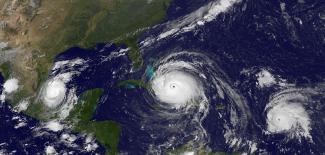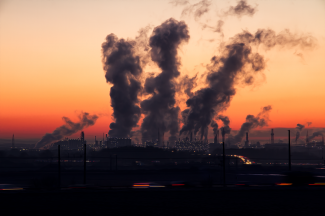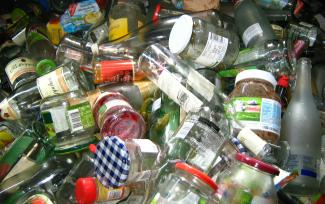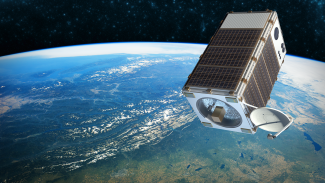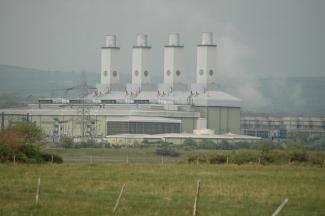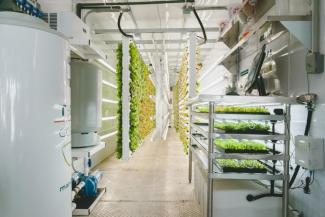Wednesday, April 4, 2018
Our cities are booming in both population and area. This uncontrolled land expansion, known as urban sprawl, results from several factors including transportation technology, income, consumer preference, and housing pressures. Unfortunately, urban sprawl can negatively impact the most vulnerable communities. The same factors that bring about sprawl also combine to produce “food deserts,” the lack of fresh quality food in an urban setting. For example, a 2014 John Hopkins University study showed that access to both healthy food and the number of supermarkets decreased in poor and minority communities when compared to their counterparts. Moreover, a 2016 Landscape and Urban Planning journal article shows that as low-wage jobs are generated in the areas of new urban growth, low-income communities in urban centers face increased difficulty finding entry-level jobs.
Urban agriculture has had moderate success addressing these challenges. In particular, one emerging method known as “aeroponics” may provide a more sustainable solution to expand access to local produce in the urban core while simultaneously providing stable employment opportunities for community members.

